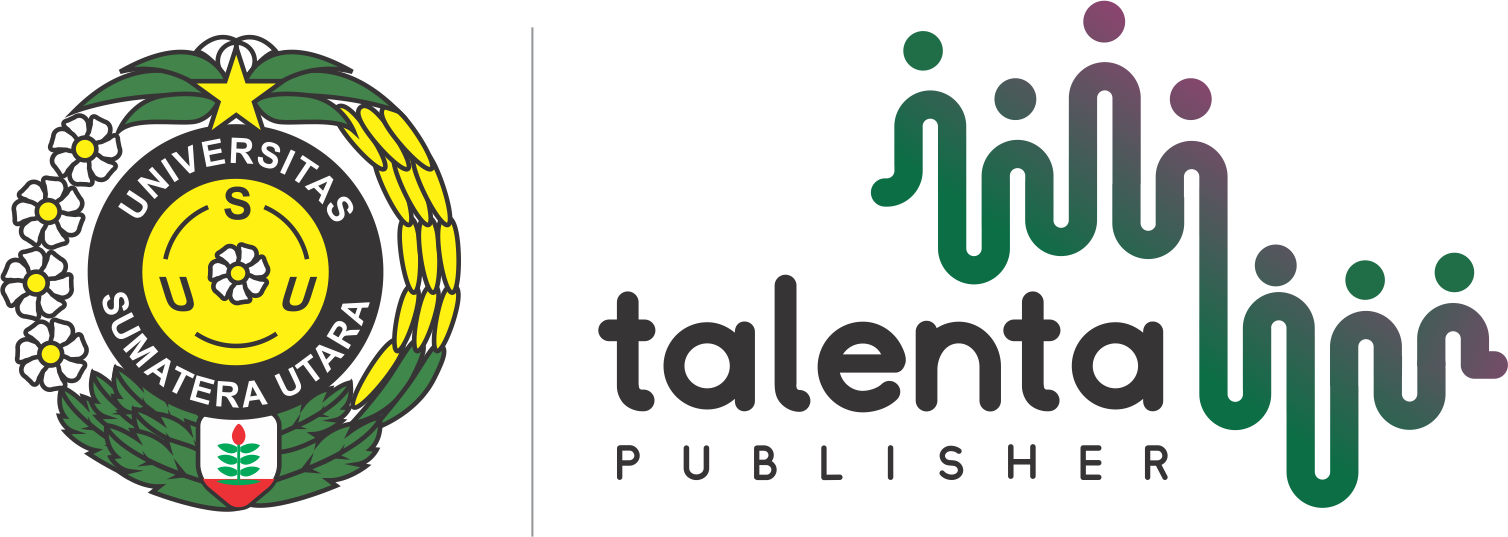Efficacy Of Modified Lip Repositioning for The Management Of Excessive Gingiva Display: A Scoping Review
| Authors | ||
| Issue | Vol 2 No 1 (2025): TALENTA Conference Series: Tropical Medicine (TM) | |
| Section | Articles | |
| Section |
Copyright (c) 2025 Talenta Conference Series: Tropical Medicinie (TM)  This work is licensed under a Creative Commons Attribution-NonCommercial-NoDerivatives 4.0 International License. |
|
| Galley | ||
| DOI: | https://doi.org/10.32734/tm.v2i1.2695 | |
| Keywords: | Lip reposition Smile Excessive gingival display Gummy smile | |
| Published | 2025-07-31 |
Abstract
Since the excessive gingival display (EGD) that occurs when smiling is generally thought to be unsightly, many patients are seeking therapy for this problem. Lip repositioning is one procedure employed to address excessive gingival display. The purpose of the study is to review the most recent research on surgical lip repositioning (LRS) efficacy and its modifications for managing excessive gingival display (EGD). Discussion: Out of 959 articles that were found through keyword-based search, 149 were filtered based on study design and desired period range, then became 6 of literature based on the corresponding titles and abstracts and 4 of literature based on full text. The efficacy of LRS was assessed, and four modifications were identified to manage EGD. Lip repositioning surgery (LRS) is a minimally invasive alternative for treating excessive gingival display (EGD). Modified approaches, such as myotomy and internal dual muscle traction, have shown superior results over traditional techniques. Using periosteal sutures and periosteal sutures can also significantly reduce EGD compared to standard LRS after one year, suggesting improved outcomes for correcting EGD. Conclusion: The conventional lip repositioning operation and the modified lip repositioning treatment result in positive patient outcomes at 6 and 12 months of follow-up by reducing excessive gingival display. Nevertheless, the modified technique outperforms the conventional one in terms of postoperative stability and relapse.





